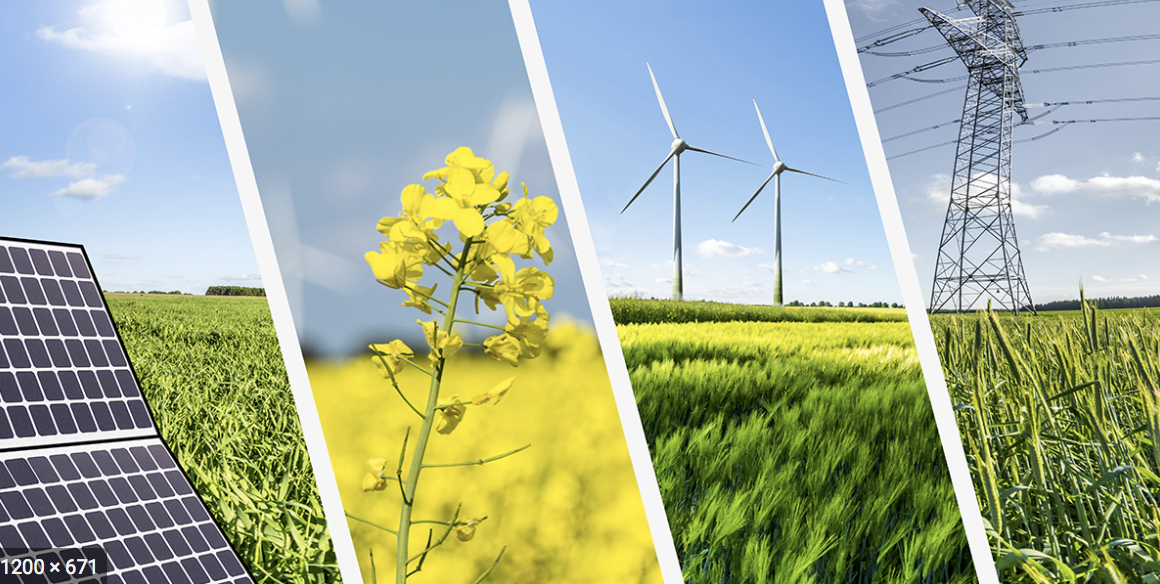Here’s something else to think about while you’re stuck at home: most of us – including policy-makers and more than a few climate activists – are struggling to grasp that our energy reality has changed – permanently. We’re playing catch-up to the fact that fossil fuels are no longer cost-competitive options to renewables. And we’re still trying to wrap our heads around the fact that gas demand in many states, including Massachusetts and Connecticut, has already started to decline.
In the weeks and months before we entered our new era of social distancing, our staff had the privilege of attending community meetings and public hearings across Massachusetts where local residents and their leaders discussed the need for, and the impact of, expanded gas infrastructure. We met with folks in Agawam, in Ashland, in Westborough, where new gas expansion projects are planned or under way. We spoke with residents who were still trying to bounce back from the massive 2018 Merrimack Valley gas disaster. In every case, they understood that the gas companies had been feeding them outdated or incorrect information.
Yet, even those wise to the industry’s song and dance routine are still playing catchup to the reality that demand for gas is in decline and renewables have become the more cost-effective option moving forward. However, the evidence continues to pour in.
In our previous blog post, we provided the latest news reports on the precipitous decline in gas markets due to stagnating demand and increased competition. At a March 18th webinar sponsored by the Environmental Business Council of New England, state officials from the Massachusetts Department of Energy Resources (DOER) confirmed what was already outlined in the Massachusetts Joint Statewide Electric and Gas Three-Year Energy Efficiency Plan 2019–2021: increased efficiency, a warming climate and the increasing availability of renewables are reducing the Commonwealth’s need for fossil gas.
The gas industry would like you to believe that we need more gas. Its executives throw around terms like “reliability” and “improvement” in describing gas expansion projects, as if the supply of gas to current customers is somehow threatened. But the industry’s own numbers show (and government regulators agree): the current system is operating well beneath capacity and demand is going down.
But if gas is so cheap, why are renewables like wind and solar power a better buy for utilities and consumers? There are three main reasons. First, the price of renewable energy is dropping even faster than the price of gas. Second, storage technology has made grid-scale renewables more efficient, more reliable and more available. Third, investments in expanding clean, renewable energy sources will go on paying for themselves for many decades to come, while the opposite is true for new gas facilities. As demand for gas continues to fall, they become stranded assets — facilities with no purpose or value; costly white elephants for which ratepayers must still foot the bill.
We can’t transition away from gas overnight, but we need to make a start. In the meantime, it’s economic and environmental madness to build new capacity and push for increased use of fossil gas in Massachusetts and across the region.
So, if all that is true, why are gas companies and the utility industry forging ahead with new, expensive, unneeded projects? In our next post, we’ll explain what’s driving these “zombie” gas projects.

